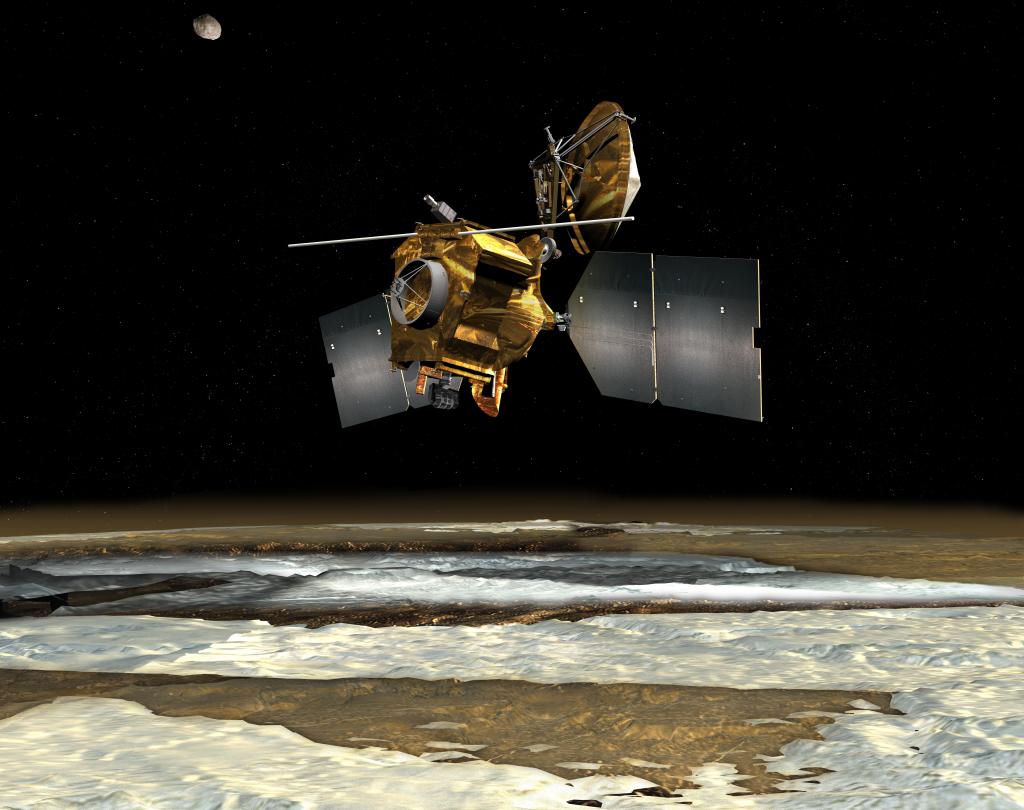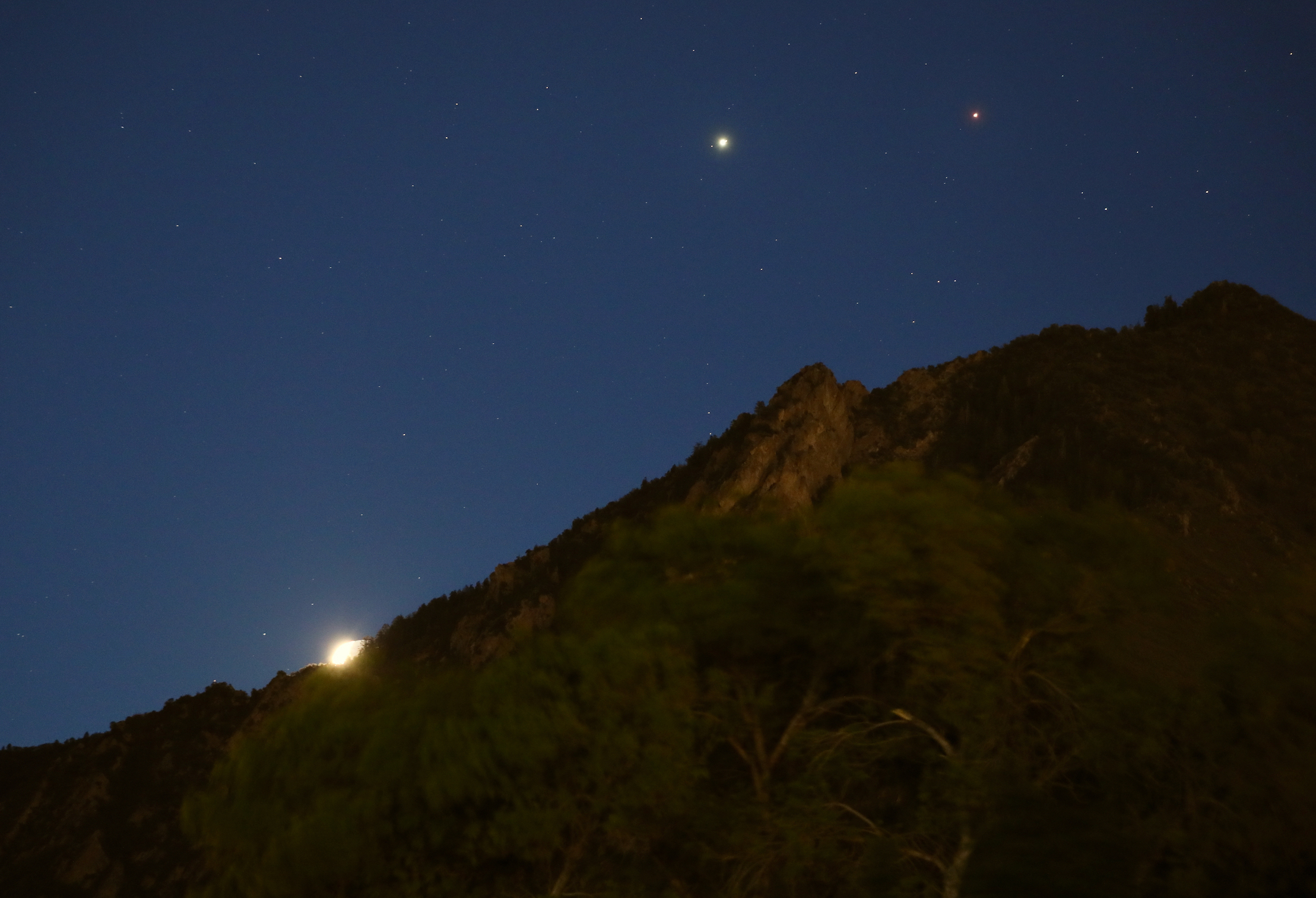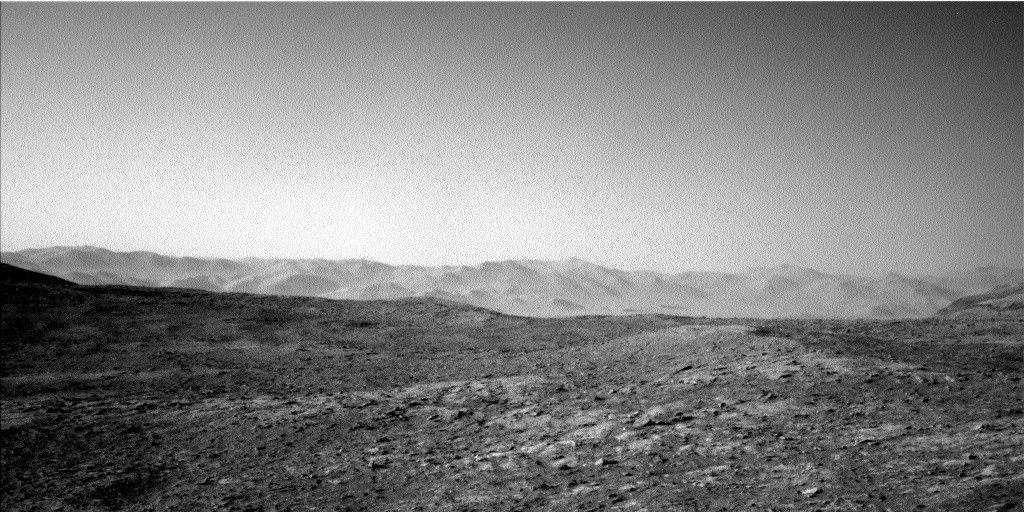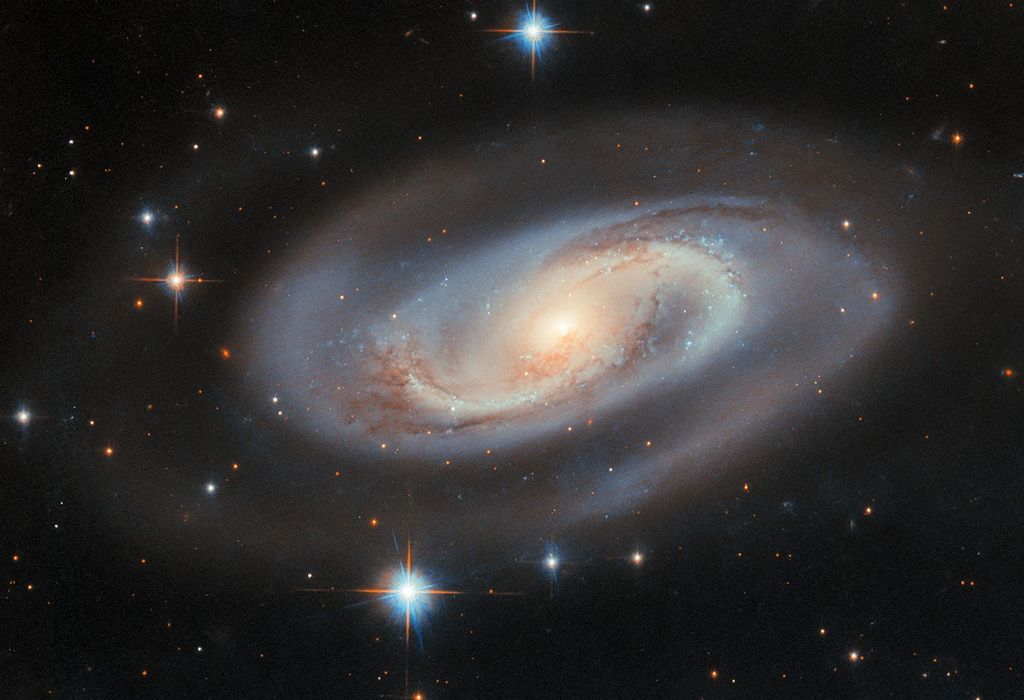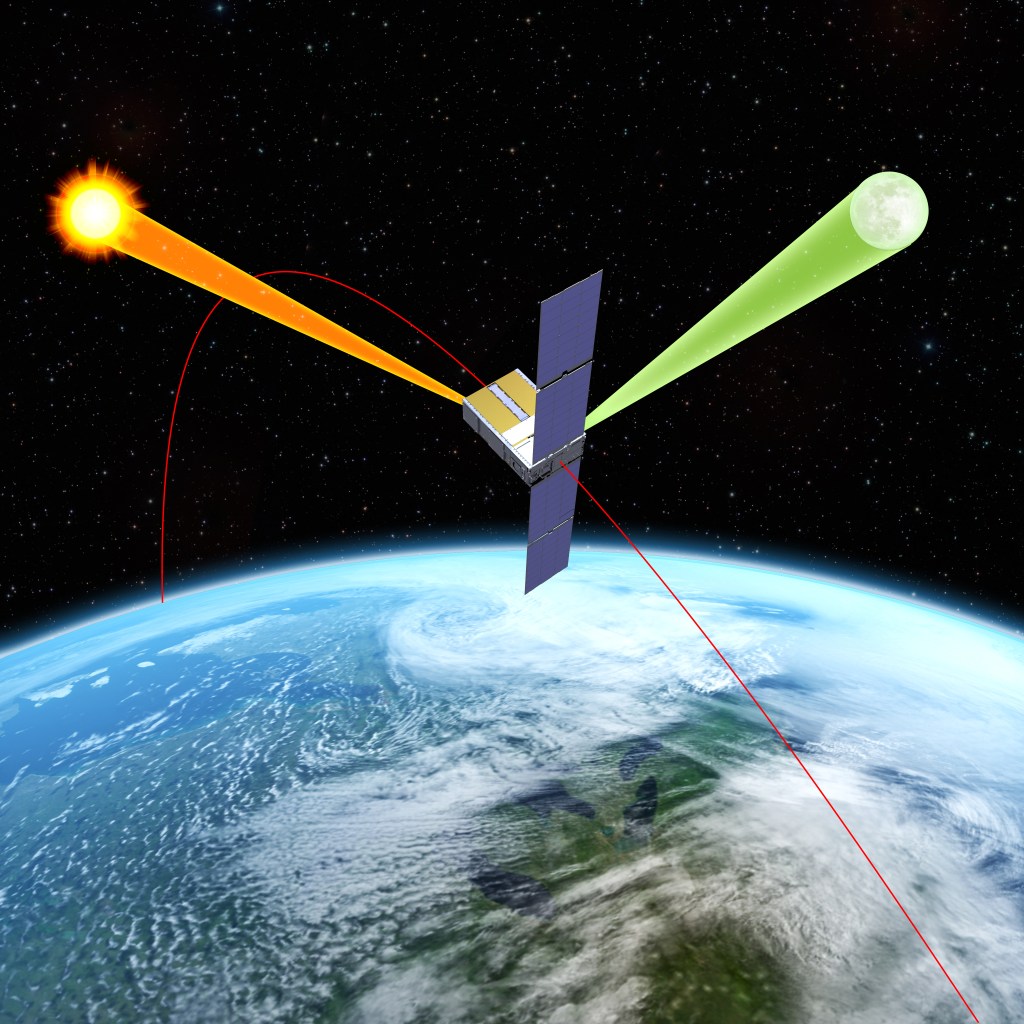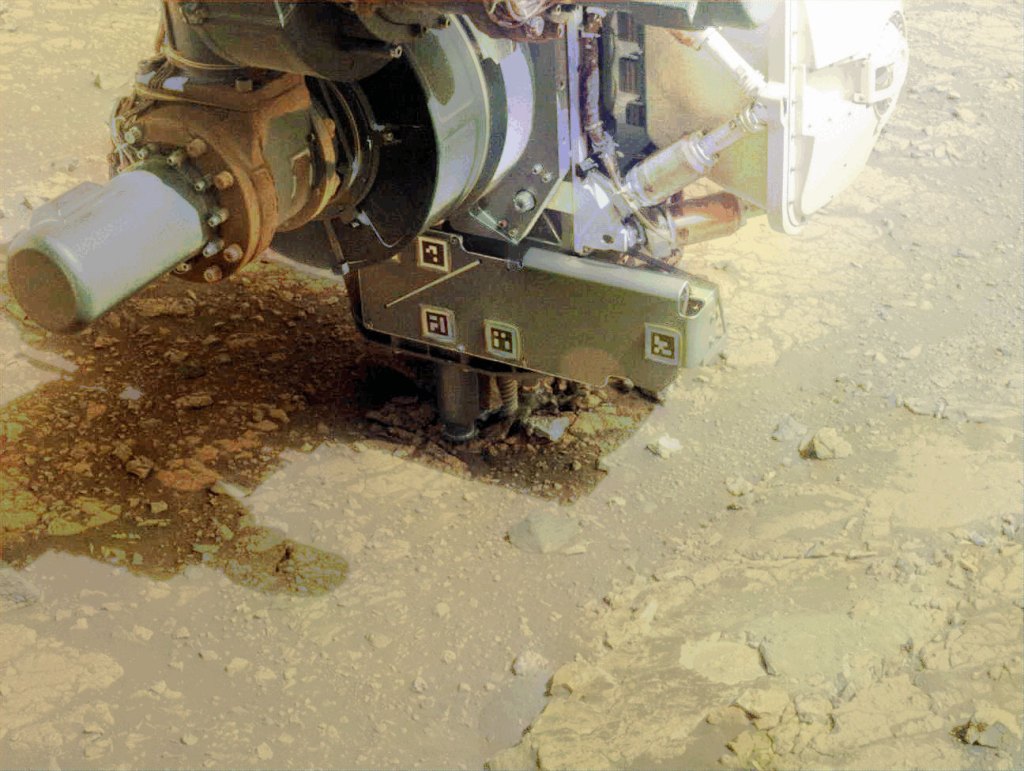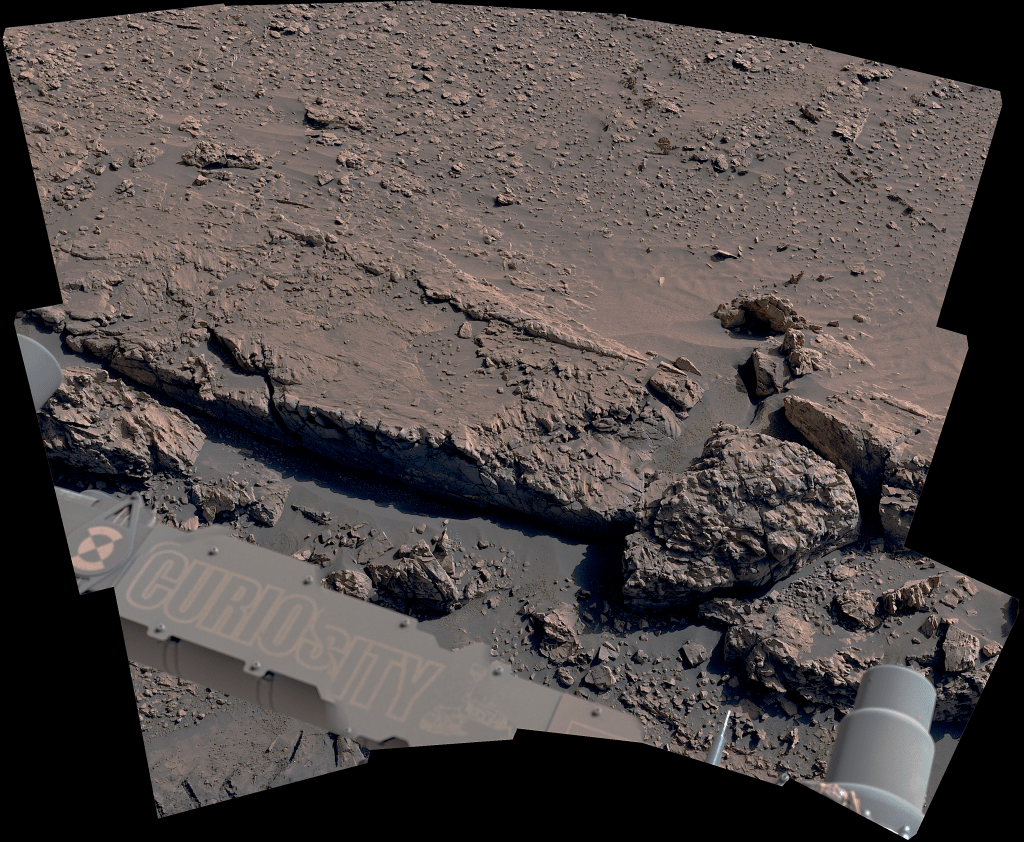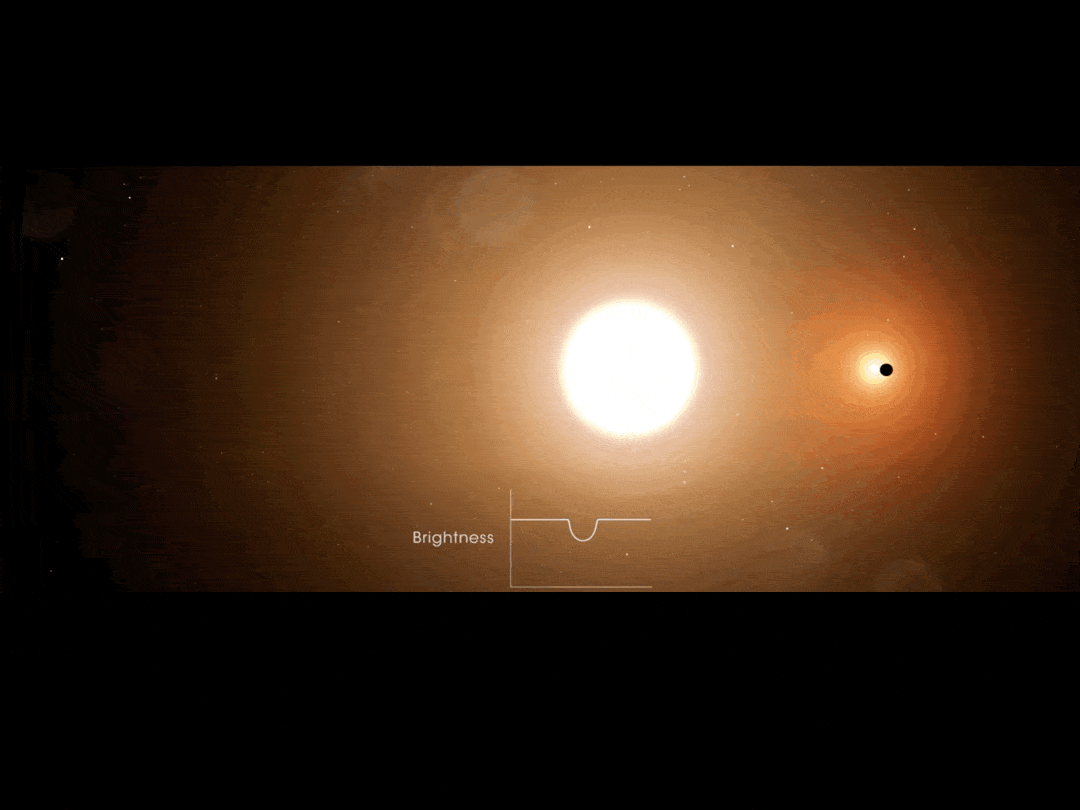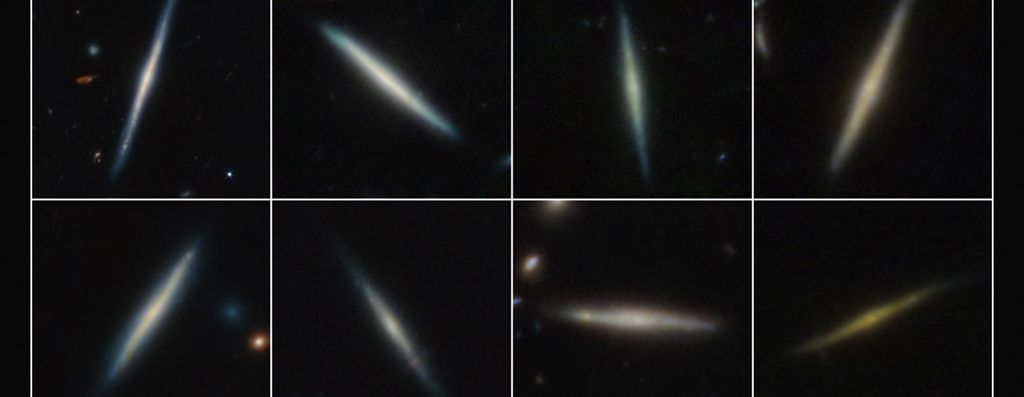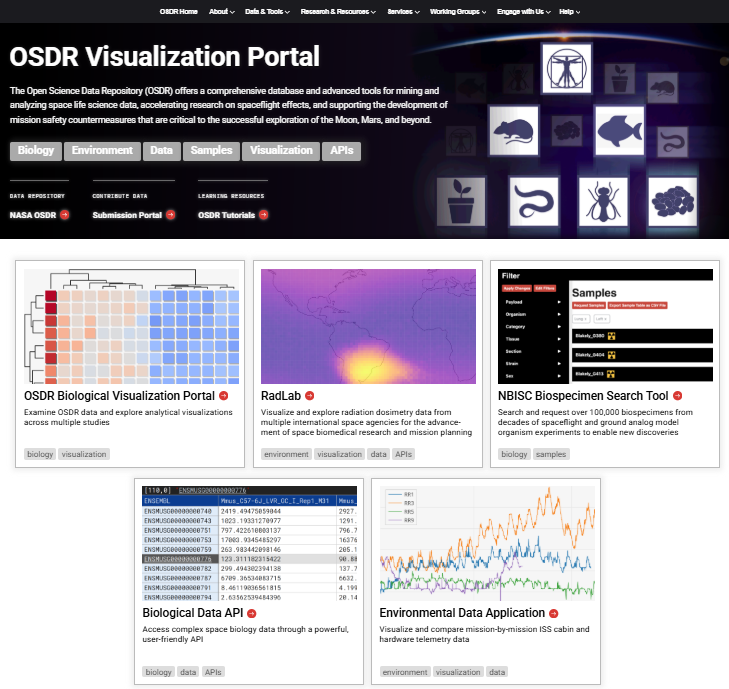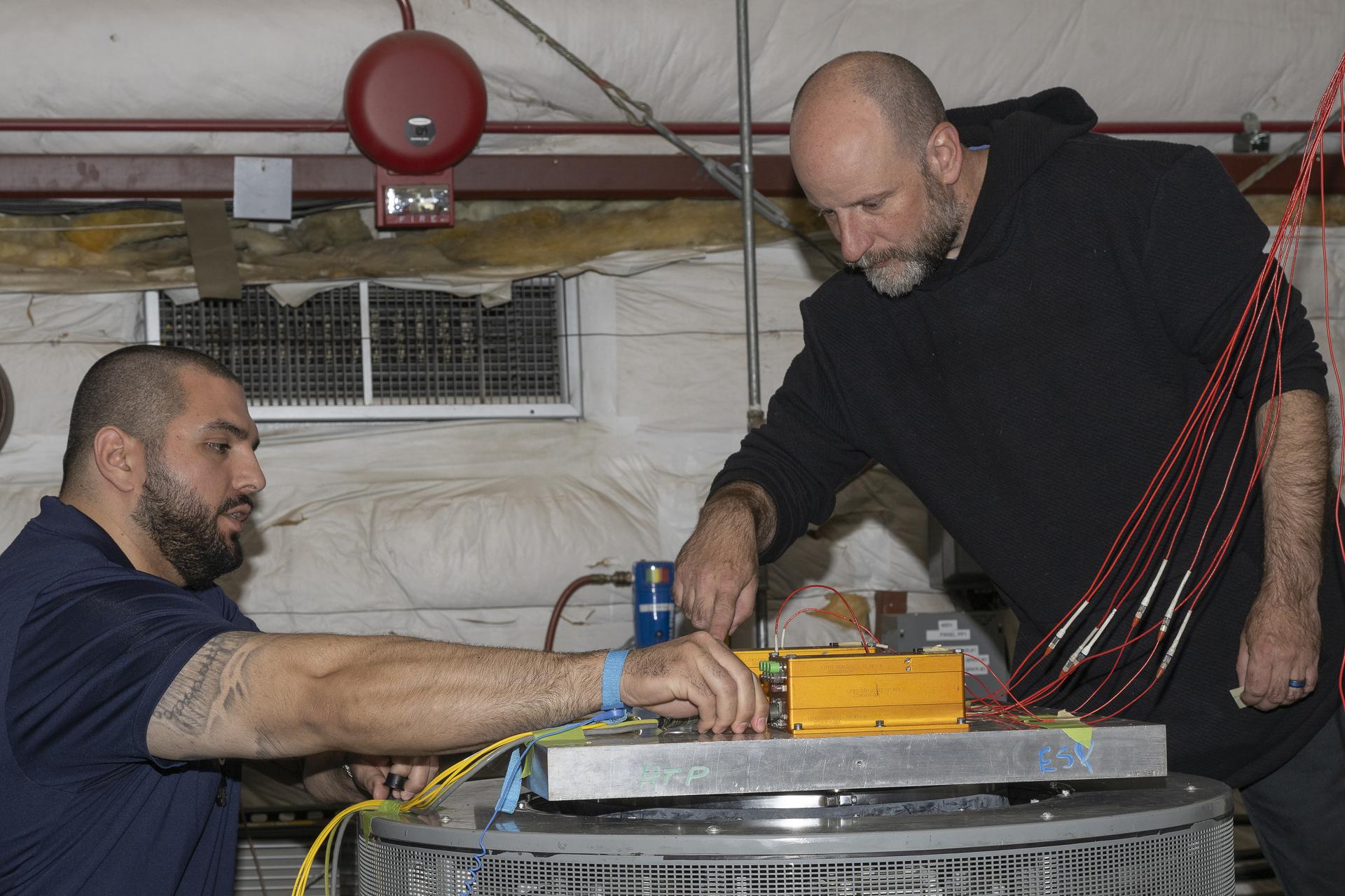1 min read
J1613+2834

About the Object
- R.A. PositionR.A. PositionRight ascension – analogous to longitude – is one component of an object's position.16h 13m 33s.275
- Dec. PositionDec. PositionDeclination – analogous to latitude – is one component of an object's position.28° 34' 12''.86
- DistanceDistanceThe physical distance from Earth to the astronomical object. Distances within our solar system are usually measured in Astronomical Units (AU). Distances between stars are usually measured in light-years. Interstellar distances can also be measured in parsecs.Redshift: 0.450
About the Data
- Data DescriptionData DescriptionProposal: A description of the observations, their scientific justification, and the links to the data available in the science archive.
Science Team: The astronomers who planned the observations and analyzed the data. "PI" refers to the Principal Investigator.Hubble data for this release were obtained from the following HST proposal 12019 (PI: C. Tremonti, University of Wisconsin, Madison). The science team includes: P. H. Sell (Texas Tech University, Lubbock), C. Tremonti (University of Wisconsin, Madison), R. C. Hickox (Dartmouth College), A. M. Diamond-Stanic (University of Wisconsin, Madison), J. Moustakas (Siena College, NY), A. Coil (University of California, San Diego), A. Williams (University of Wisconsin, Madison), G. Rudnick (University of Kansas), A. Robaina (University of Michigan, Ann Arbor), J. Geach (University of Hertfordshire), and S. Heinz and E. Wilcots (University of Wisconsin, Madison). - InstrumentInstrumentThe science instrument used to produce the data.HST>WFC3/UVIS
- Exposure DatesExposure DatesThe date(s) that the telescope made its observations and the total exposure time.February - November, 2010
- FiltersFiltersThe camera filters that were used in the science observations.F814W (I)
- Object NameObject NameA name or catalog number that astronomers use to identify an astronomical object.J1613+2834
- Object DescriptionObject DescriptionThe type of astronomical object.Merging Galaxies with Outflows
- Release DateNovember 13, 2014
- Science ReleaseThe Party’s Over for These Youthful Compact Galaxies
- Credit
Related Images & Videos

Fast Evolution of a Galaxy
This graphic illustrates how a vibrant, star-forming galaxy quickly transforms into a sedate galaxy composed of old stars. The scenario begins when two galaxies merge (Panel 1), funneling a large amount of gas into the central region. The gas compresses, sparking a firestorm of...

Outflows from 12 Merging Galaxies
The 12 galaxies in these Hubble Space Telescope images are undergoing a firestorm of star birth, as shown by their bright white cores. Hubble reveals that the galaxies' star-making frenzy was ignited by mergers with other galaxies. The odd shapes of many of the galaxies are...
Share
Details
Last Updated
Mar 28, 2025
Contact
Media
Claire Andreoli
NASA’s Goddard Space Flight Center
Greenbelt, Maryland
claire.andreoli@nasa.gov

